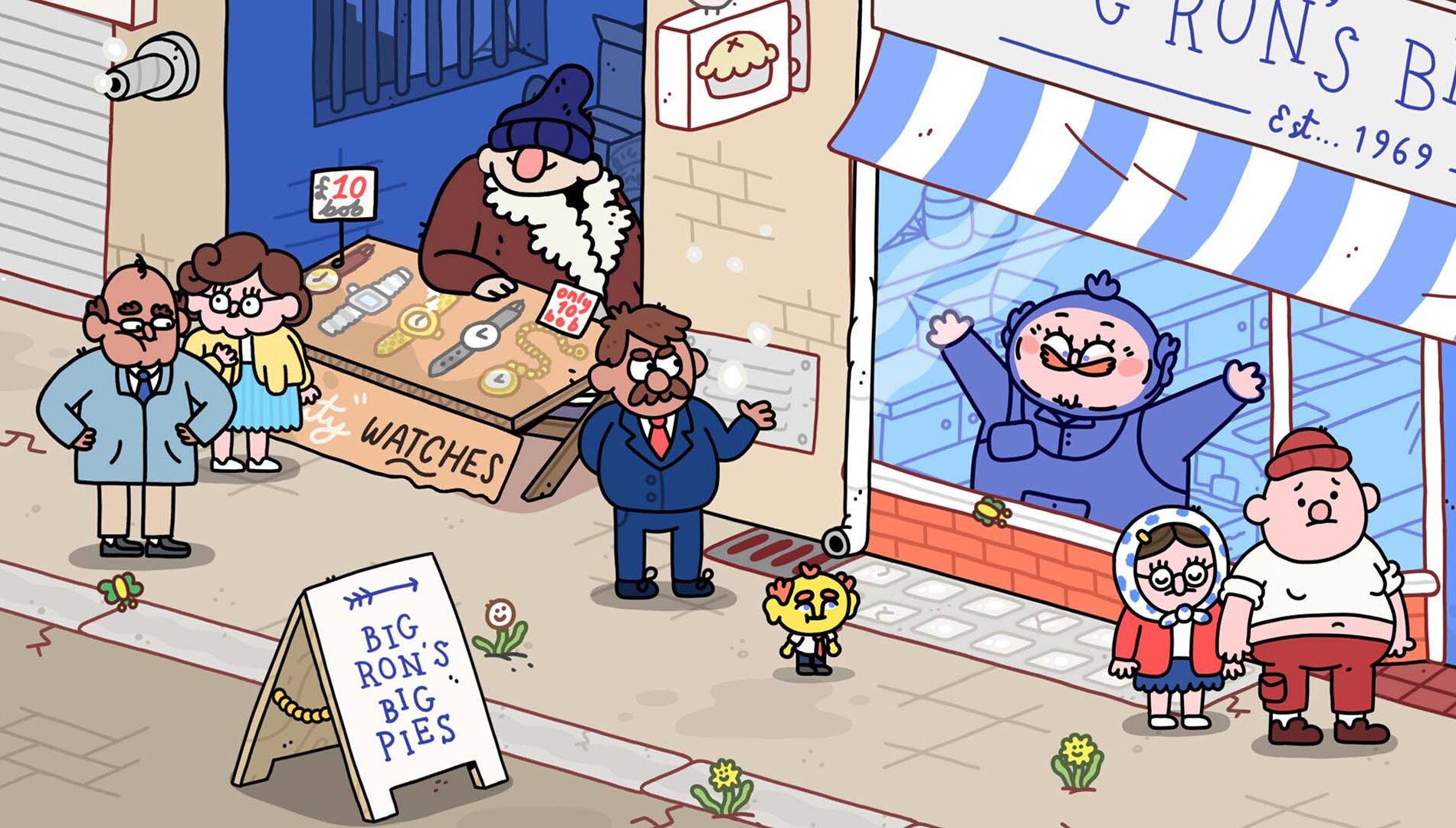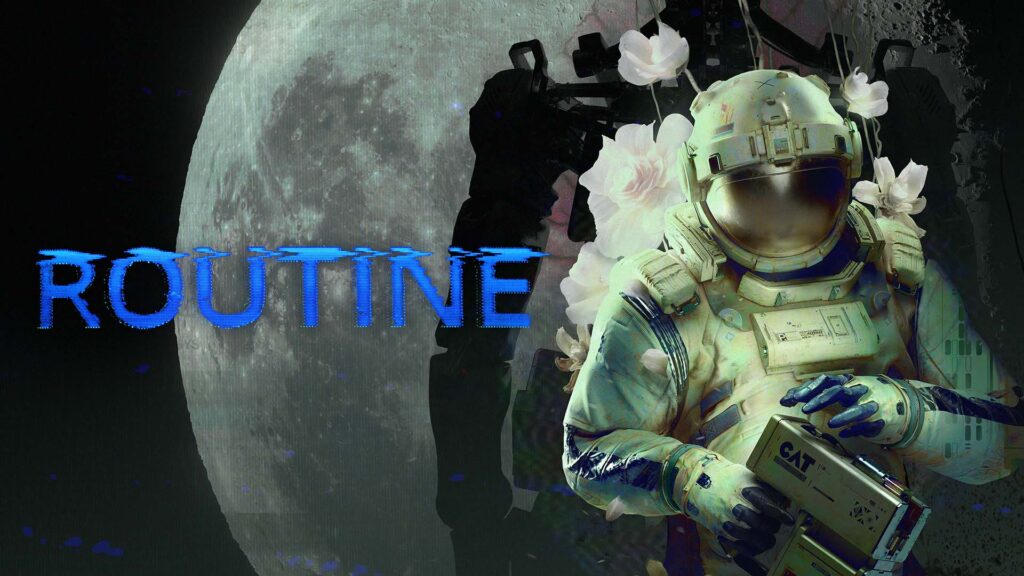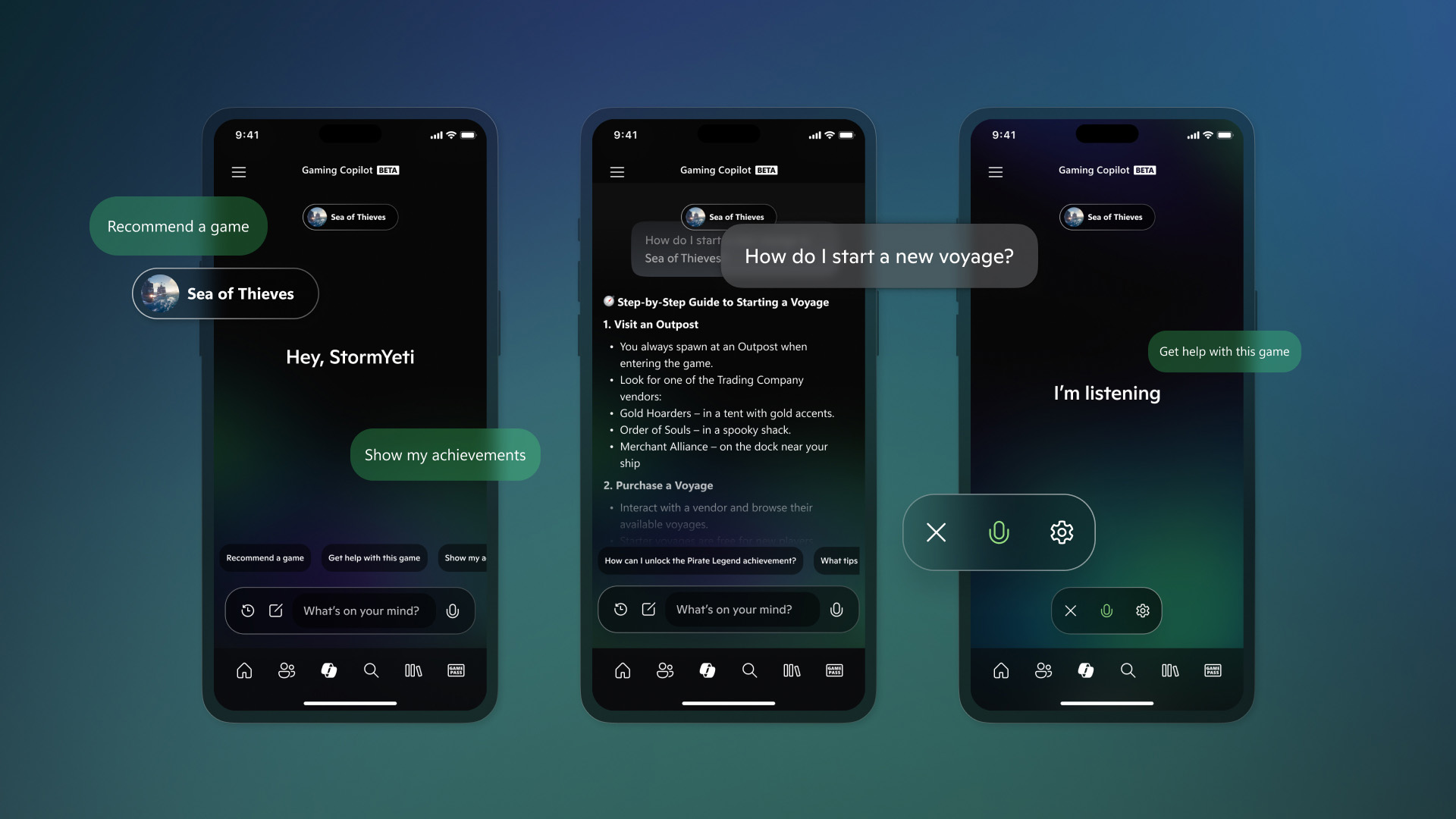Pragmata Brings a Thrillingly New Idea to Third-Person Shooters
June 12, 2025
Pragmata Brings a Thrillingly New Idea to Third-Person Shooters

The third-person shooter genre is a rich lineage, with developers building on the “right” way to combine gunplay, exploration, and puzzle-solving over the course of decades. We’ve seen these games adopt slow motion, cover mechanics, and much more, often iterating on their peers to evolve over time. But that also means it’s very rare to see a new game in the genre pop up with an idea I’ve simply… never seen before. Enter, Pragmata.
Playable for the first time at Summer Game Fest 2025, Capcom’s long-awaited game finally showed off what it’s all about – and at the heart of it all was a gameplay mechanic that feels legitimately new.
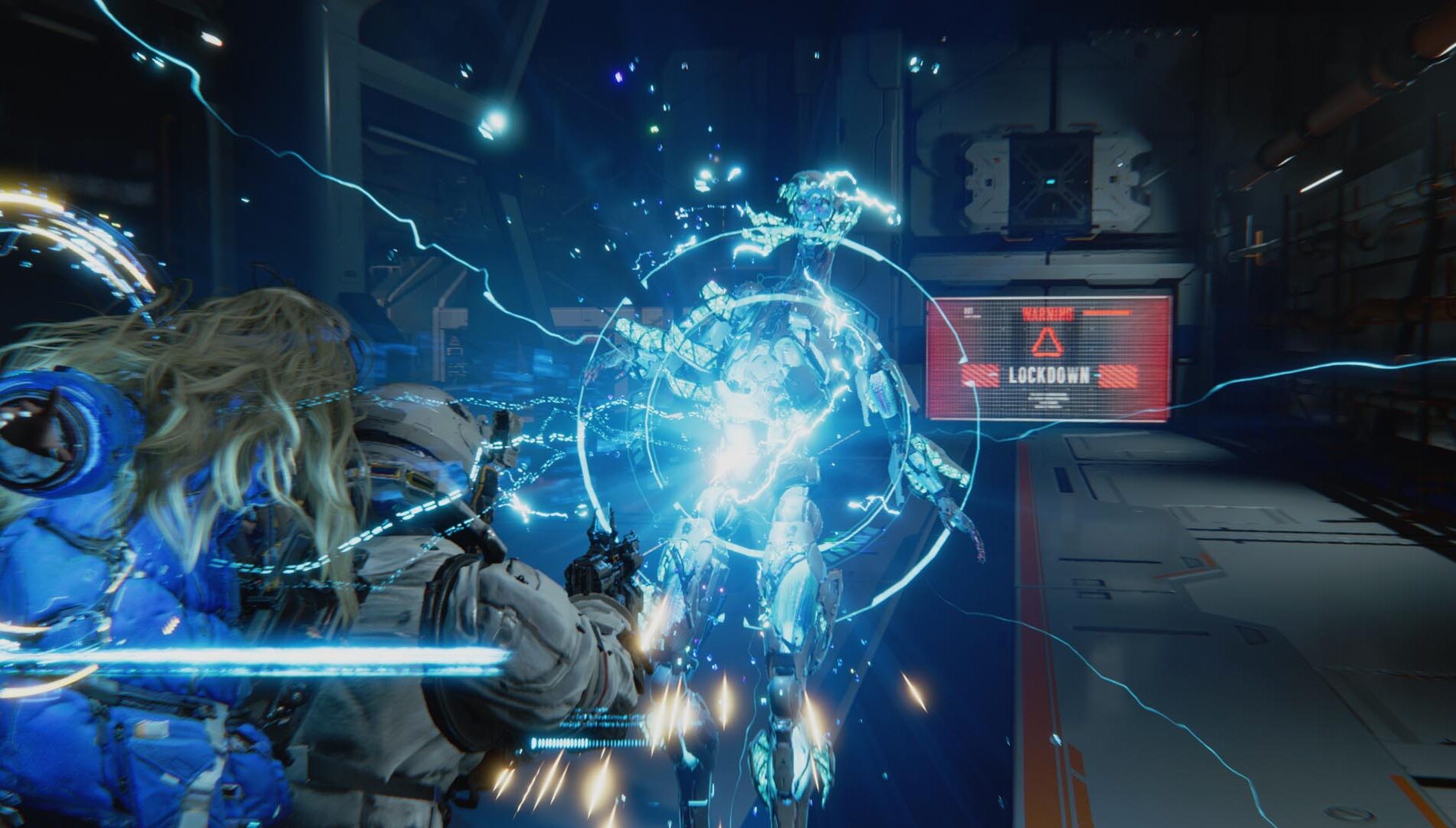
Pragmata sees you controlling two characters at once: Hugh is an astronaut, stranded in a Lunar base packed with seemingly malfunctioning automata; Diana is a mysterious android in the form of a child, who saves Hugh and promptly piggybacks on his armored spacesuit, offering her ability to hack elements of the base – including those marauding robots.
Combined, they become an incredibly effective unit – Hugh does the shooting, Diana does the hacking, and both are combined as you play. Even the weakest enemies are covered in hard-to-penetrate armor, but after a quick hack, that armor can be opened up and weakpoints exposed. In practice, it means that every single enemy in Pragmata isn’t just a target – they’re a puzzle.
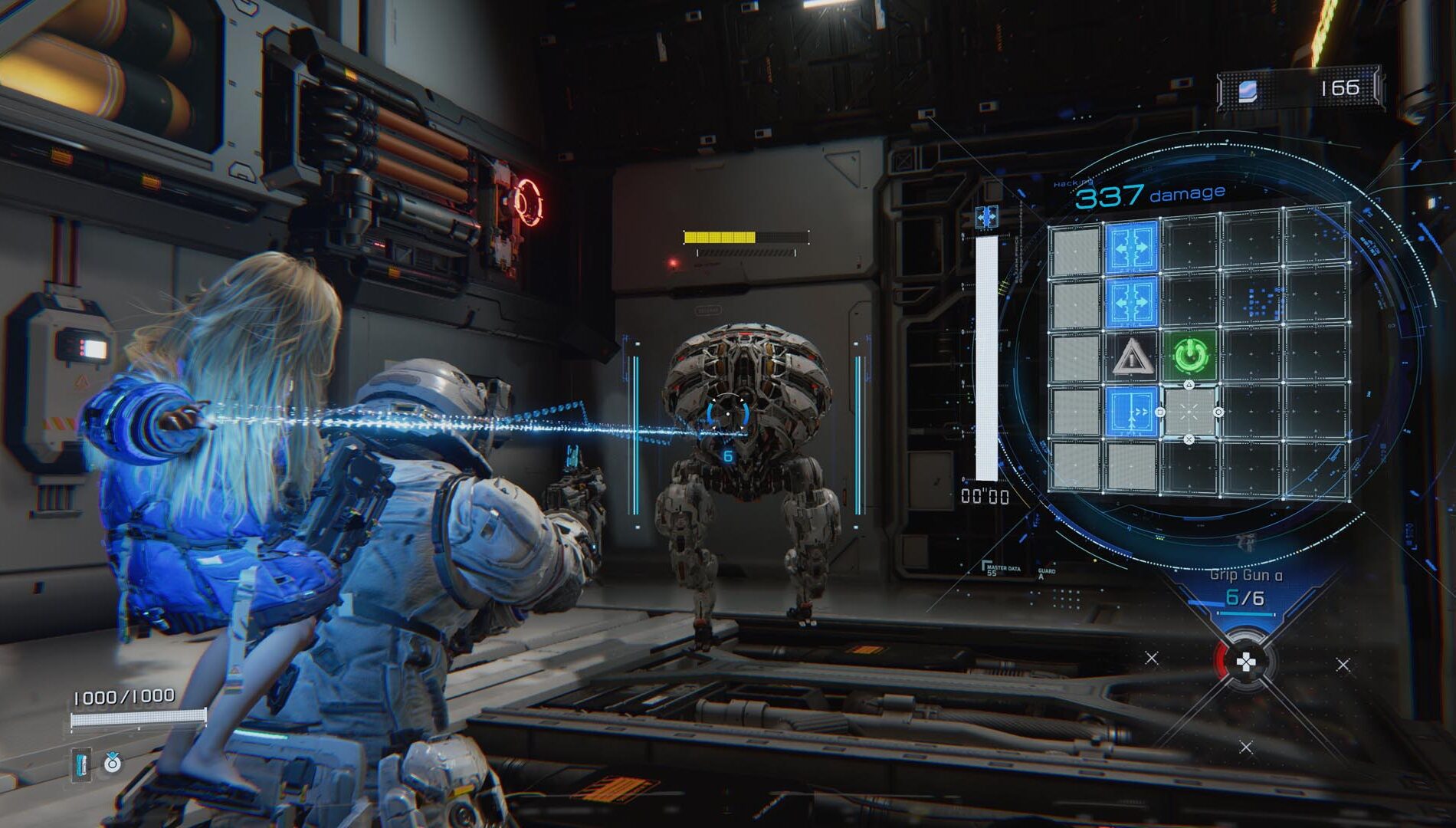
Hold down the left trigger to aim your gun and hover the crosshair over an enemy, and a holographic grid puzzle appears on the right of the screen – your job is to guide your cursor across the grid (using the face buttons as directional inputs) to a target square, at which point Diana will complete the hack. Along the way there might be blockers, or extra nodes that can be toggled to expose the weakpoints for longer, meaning you’ll need to be strategic and efficient.
The key here is in how well-balanced this system is – the game doesn’t stop or slow down as you’re hacking, turning each puzzle into a true part of the action loop, rather than a distraction from it. But, equally, no hacking puzzle felt overly complex, meaning I was never frustrated by having to complete it while also avoiding enemy attacks.
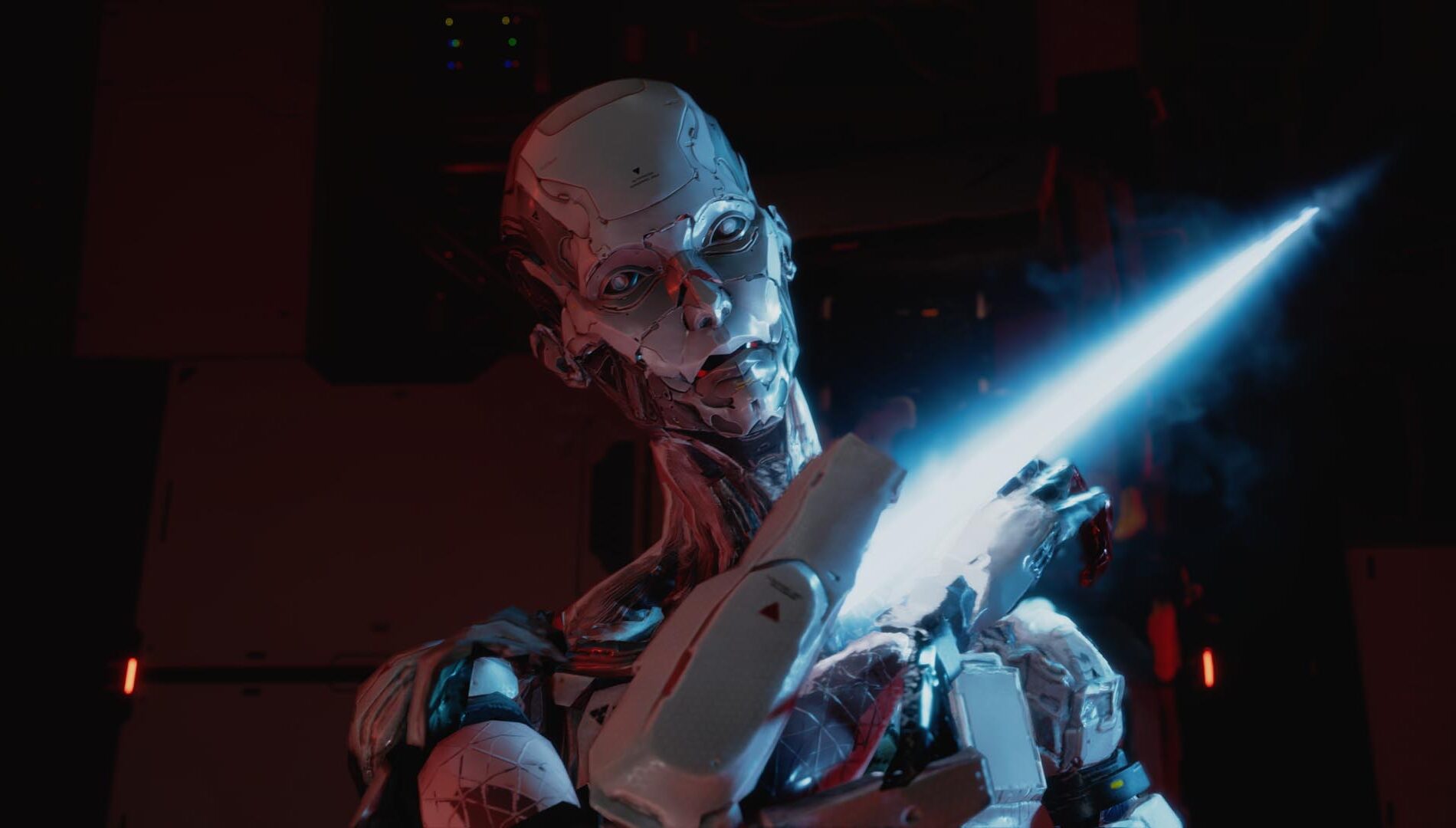
Taken altogether, and it’s a genuinely fresh way to approach combat, and one that has huge potential for the game going forward. My hands-on took place in the early parts of the game, meaning enemy hacks were fairly basic, but even here there were nuances. Levels are tightly packed knots of corridors and wider arenas, with loot and lore to find – and some of that loot ties directly into your hacking.
One consumable you’ll find is Decode – for each pickup you have, the next hack you perform will add an extra square to the grid that makes your hack more effective if you pass over it, but gets used up when you do. It starts making you ask the question: do I need to make this enemy easier to defeat, or should I save this for later?
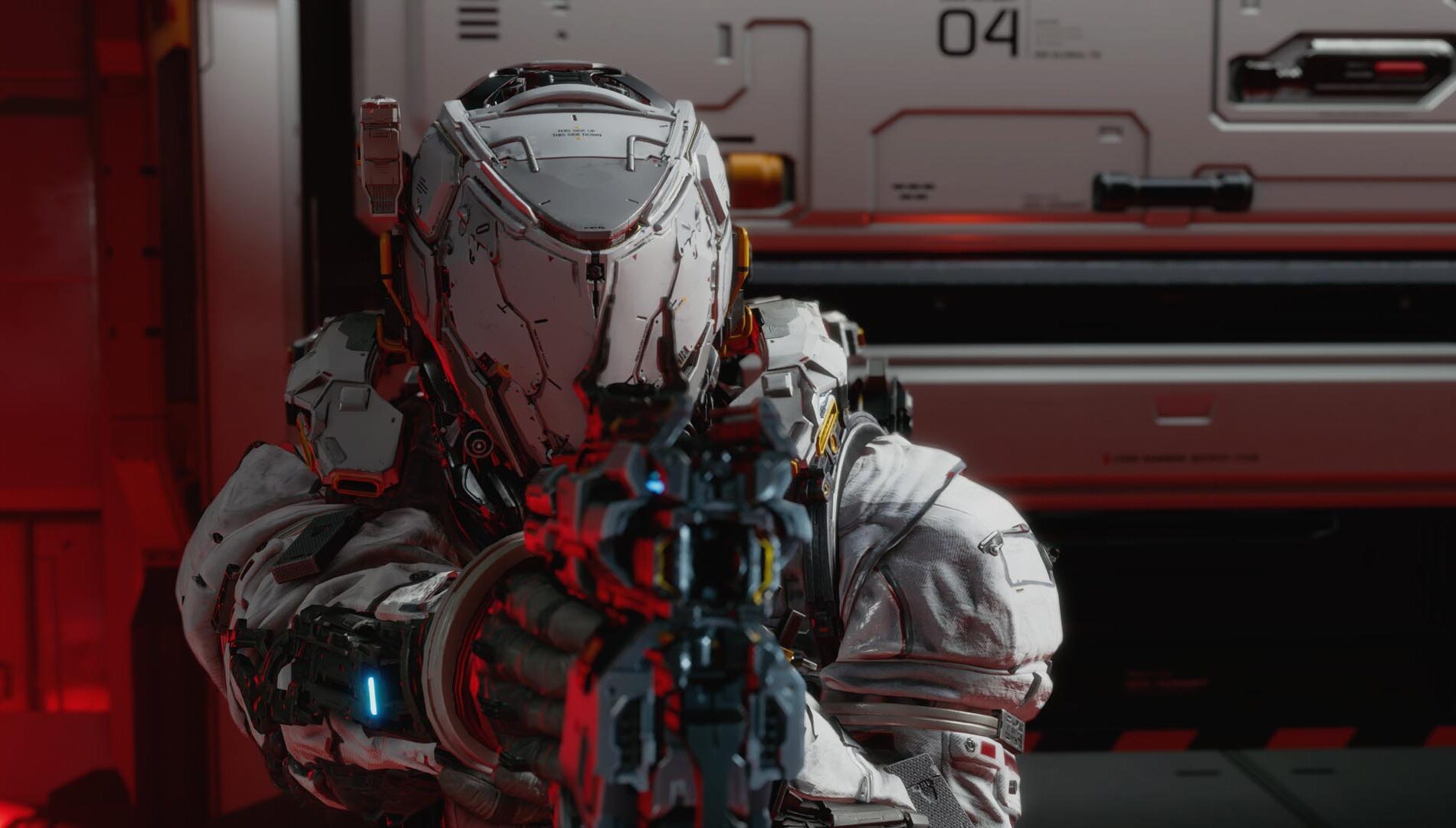
As you’d hope, the traditional gunplay around all of this innovation is well thought-out, too. While I only had the opportunity to test out a few weapons in my time with the game, there’s more than enough to pique curiosity here. For a start, after the expected pistol and shotgun variants, the third weapon I acquired was a Stasis Net, a gun that fires out an area-of-effect projectile that slows and shocks anything inside – perfect for firing off into a crowd before beginning my hacks, before switching to apunchier weapon to finish them off. There also appears to be a level system for guns, presumably letting you swap in better versions of the same weapons as you find them.
Hugh is also a more mobile character than you might expect from his cumbersome-looking armor – he’s equipped with thrusters that let him dash, boost into the air, and hover. One enemy type will smash the ground to send out a shockwave, which necessitates you thinking vertically as well as laterally – a kind of thinking more familiar from platformers than shooters.
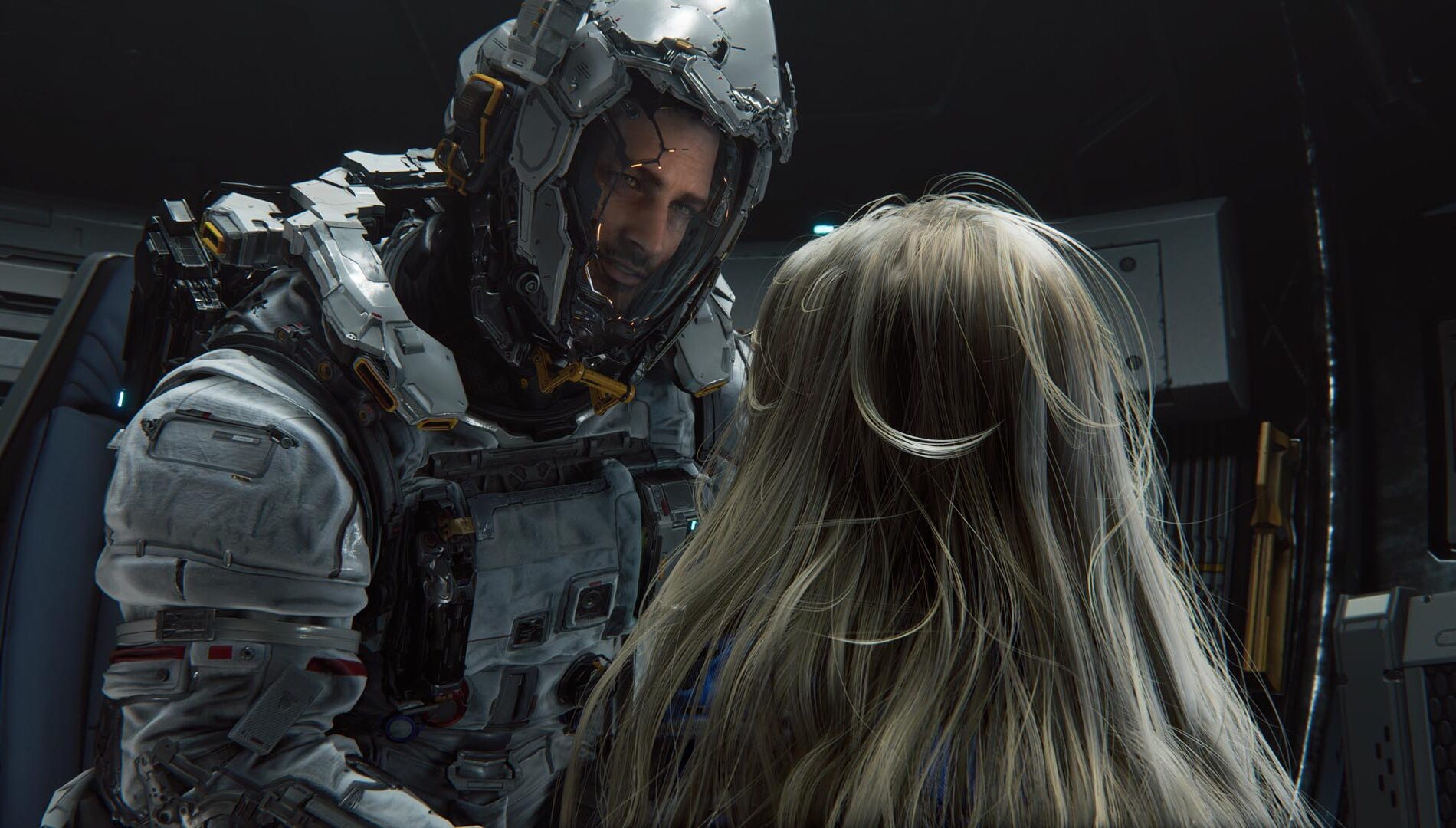
And at the heart of it all, Hugh and Diana already feel like a genuinely interesting dynamic to follow across a whole game – even aside from the mystery surrounding them, there’s a humor and warmth to their dialogue that lends Pragmata a lightness of touch at odds with its clinical, industrial world.
As a full package, this was the perfect way to reintroduce a game first announced as far back as 2020 – Pragmata has moved from being a curiosity, firmly into my most-anticipated list.
Pragmata comes to Xbox Series X|S in 2026.
.post-template-default .xwsrc-block-content-block .wp-block-column.flex-basis-50.push–25.column–content {
flex: 100%;
margin-left: 0;
}
The post Pragmata Brings a Thrillingly New Idea to Third-Person Shooters appeared first on Xbox Wire.

